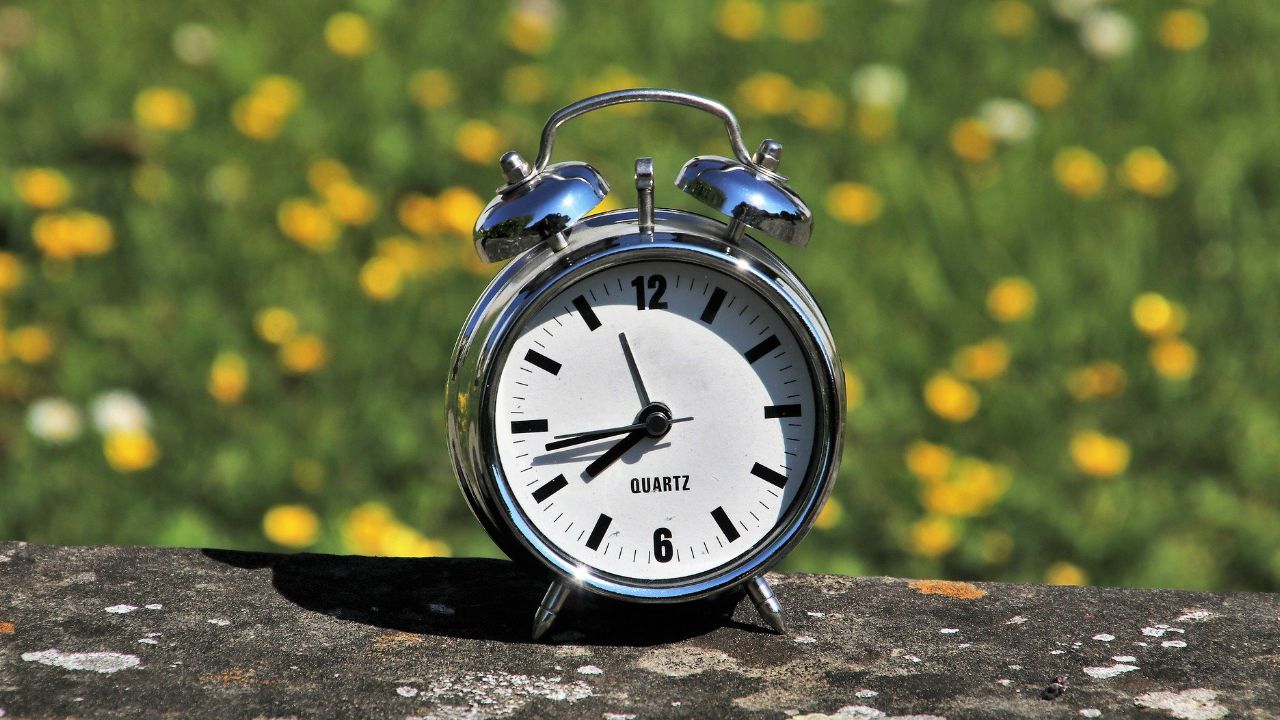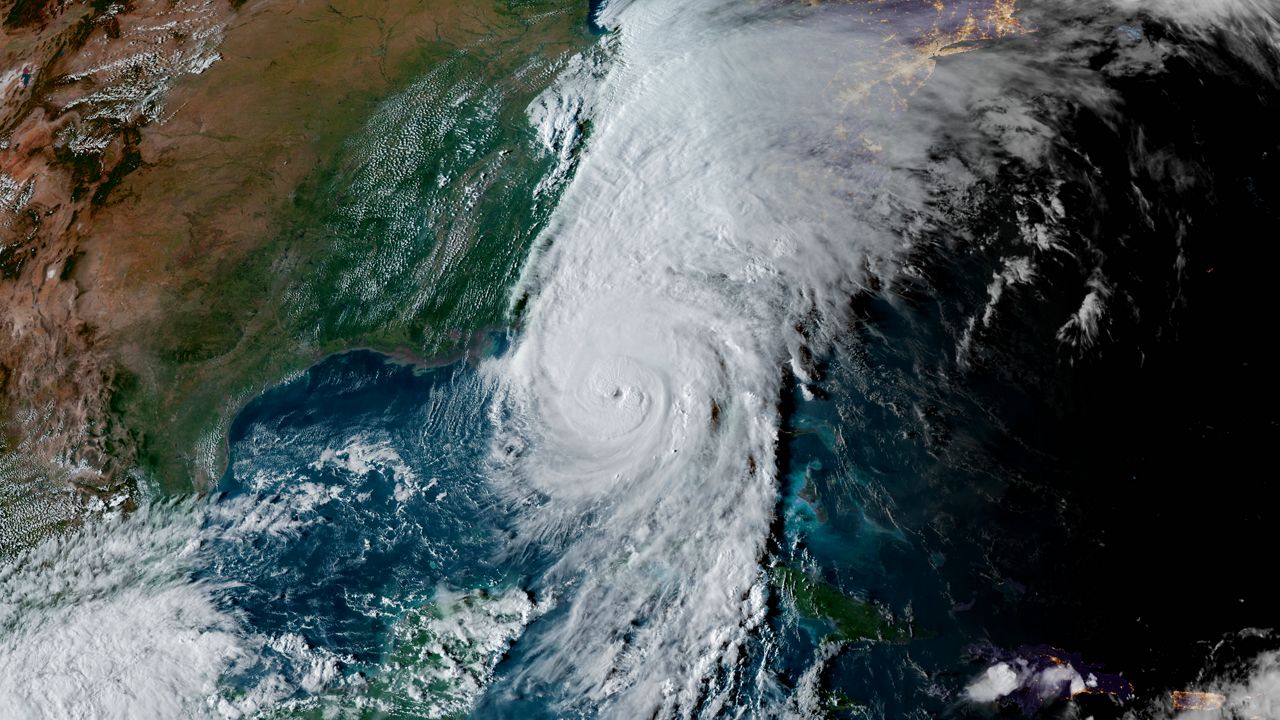It's time for the clock to change. On Sunday, March 8 we are heading back to "Daylight Saving Time" (DST).
How is it actually pronounced?
There is no "Savings," plural as some pronounce. "Saving" is correct for the singular nature of the word use.
Was it energy use that sparked the change?
Many people attribute daylight saving time to the fuel crisis back in the 1970s, but that isn't so.
At the time, the theory was that adding an hour of daylight (changing clock forward by one hour) to our daily routine would save on energy use. However, no conclusive evidence supports the theory that energy use drops during DST.
Some data even suggests the exact opposite, because energy use for heating and cooling has gone up.
So, was it agriculture that drove this time change train?
Nope. In fact, the farming community isn't a fan of the time change either.
Agriculture works from sun up to sun down. Plants grow, livestock eats, and chickens still lay eggs at roughly the same rhythm of the day regardless of what the clock says.
As a matter of fact, those who are employed by farming could be losing an hour's worth of pay.
As mentioned, the dew doesn't evaporate any earlier because of the time change. Thus, if 5 p.m. is the old 4 p.m. and work ends at 5 p.m., then an hour less of productivity and earning potential hurts workers and the harvesting of crops.
Then where did it actually start?
The switch to daylight saving time was first implemented by the Germans, and then by the English.
The United States picked up on changing the time as a wartime measure in 1918. Most states participate, some states don't.
We've had sort of a quilt work of time change over the decades.
Tips to survive the time change:
- Stick to a schedule. Go to bed at the same time, and get up at the same time.
- Eat dinner around the same time each day.
- Limit your caffeine intake by late afternoon
- Getting out into the sunlight can actually help. Sunlight allows your internal clock to adjust.
- Limit nap taking.






)


